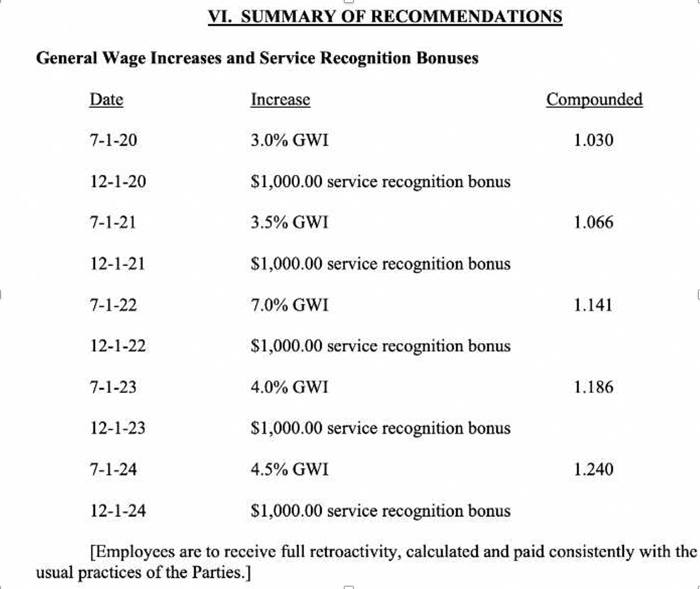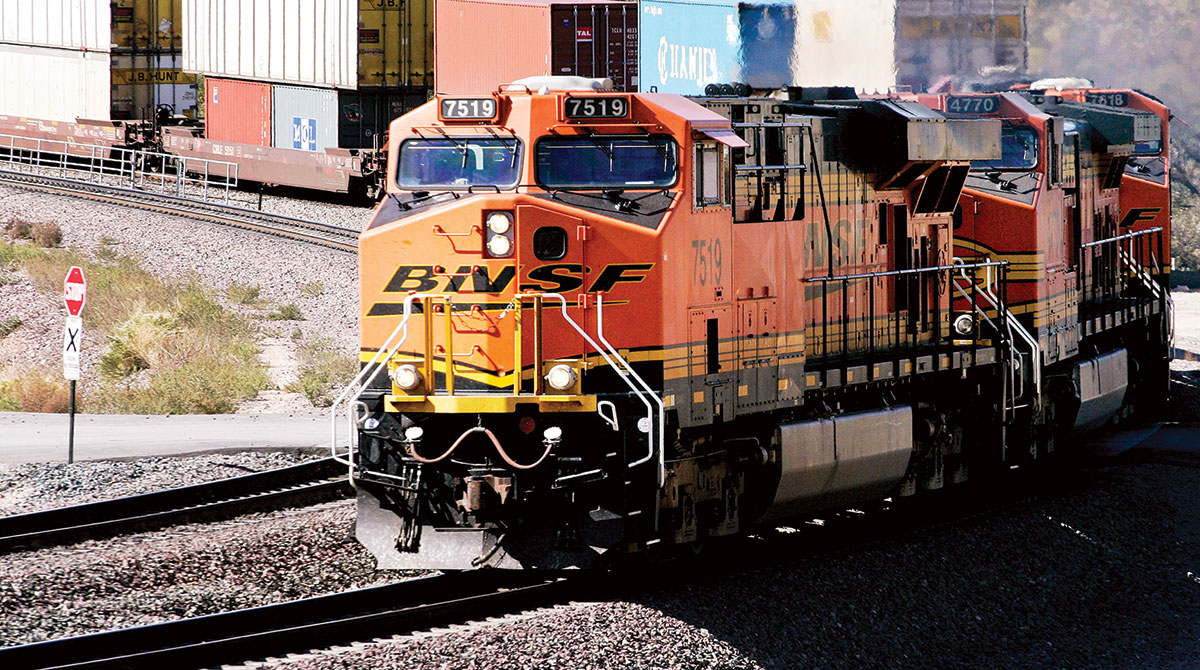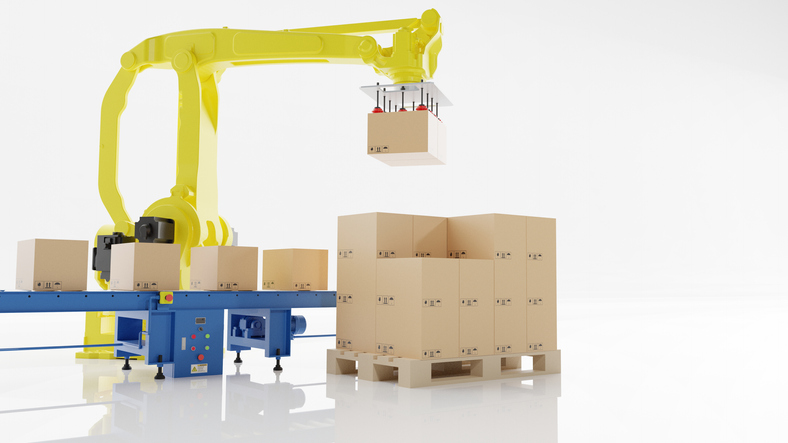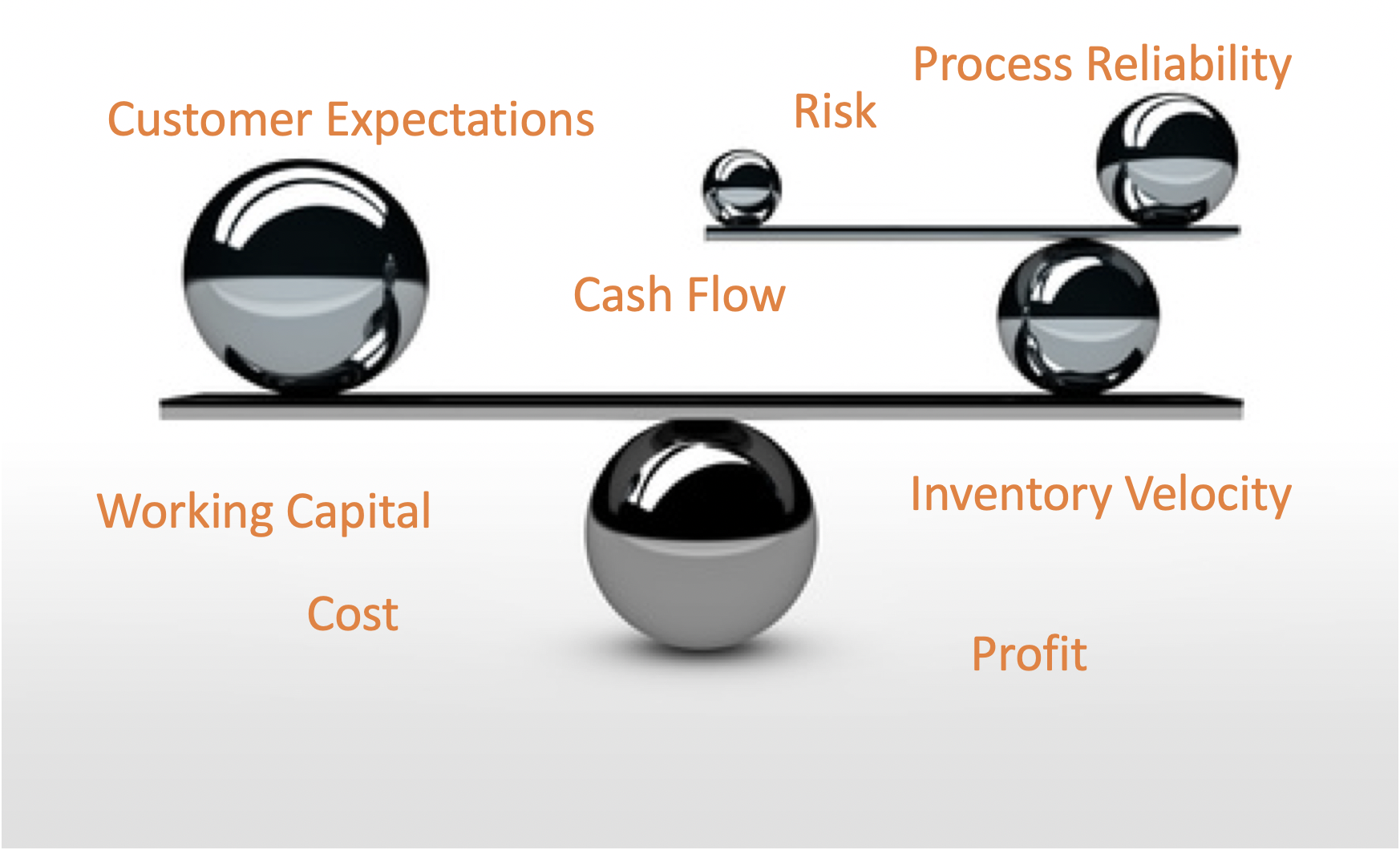US Supply Chains dodged a bullet recently but there is another bullet in the chamber due to the ongoing labor disputes between the US Railroads and 13 railroad unions. If these disputes lead to a strike, it could devastate US businesses, especially the ones that import from overseas through the East and West Coasts and rely on railroads to move their containers to inland ports.
The US railroad industry is crucial for the movement of goods across the country. A large percentage of US freight that is imported is transported by rail, and a strike would cause major disruptions to US supply chains.
On July 12, the Brotherhood of Locomotive Engineers and Trainmen union, one of 13 unions currently in negotiations with the railroads, voted to strike. These unions have been working without a contract since 2019. The US railroads are already struggling with a shortage of workers. This has caused delays and disruptions for businesses that rely on rail transportation. A strike would only compound these issues and cause even more disruptions to US businesses.
This vote forced Joe Biden to sign an executive order on July 15 creating an Emergency Arbitration board to help negotiate a solution between the parties. The board reported its recommendations on August 16.
The recommendations include providing annual increases that are retroactive, providing additional time off, adjustments to healthcare plans, and changes to other benefits. Below is a summary of the pay increases being proposed by the arbitration board.

The parties now have 30 days to come to an agreement. If they cannot reach an agreement, a strike could still happen. Add this risk with the AB5 truckers strike in California, the longshoreman operating without a contract on the west coast, and we have a potential perfect storm of disruptions to US supply chains.
What can businesses do to prepare for a potential strike?
For businesses that rely on US railroads to move their goods, it is important to have a contingency plan in place in case of a strike. Businesses need to consider alternative transportation modes to move their goods and talk to carriers about securing the capacity to move critical inventory.
For importers, using transload facilities is a good option to get goods inland. Transloading is the process of transferring cargo from one mode of transportation to another. In this case, from a steamship container to a dry van or flatbed. Transloading takes many variables out of the US supply chains that currently are strained and have a significant risk of failure right now.
For companies wanting to avoid the US West Coast, we have a partner with transloading facilities using the port of Ensenada, MX, Houston, TX, and other ports throughout the Southeast.
Transloading isn't for every business. Costs are typically a little higher than moving via rail, but for companies that rely on US railroads to move their goods and are concerned about the potential for a strike, transloading is a good option to keep your US supply chains moving.
If you have any questions about transloading or how we can help keep your US supply chain moving, please feel free to e-mail me at troy.patterson@visigistics.com.





